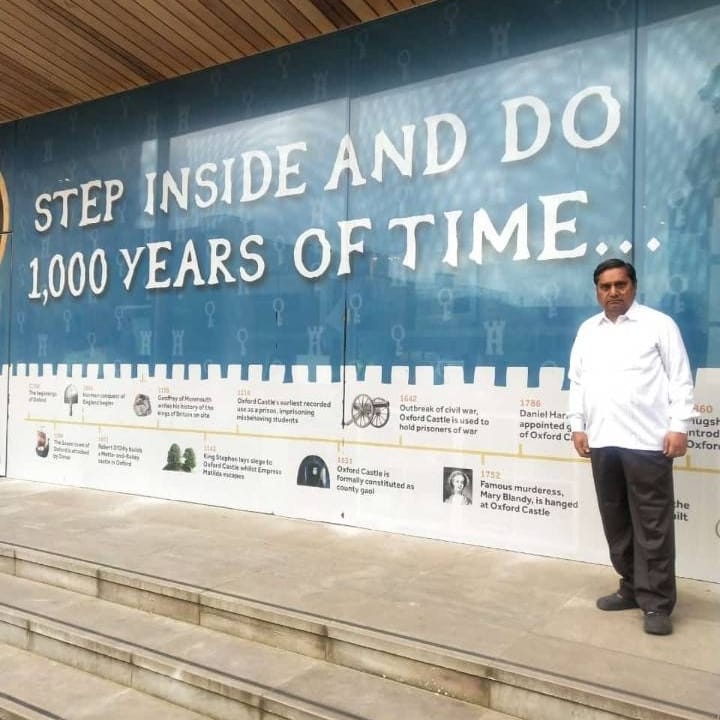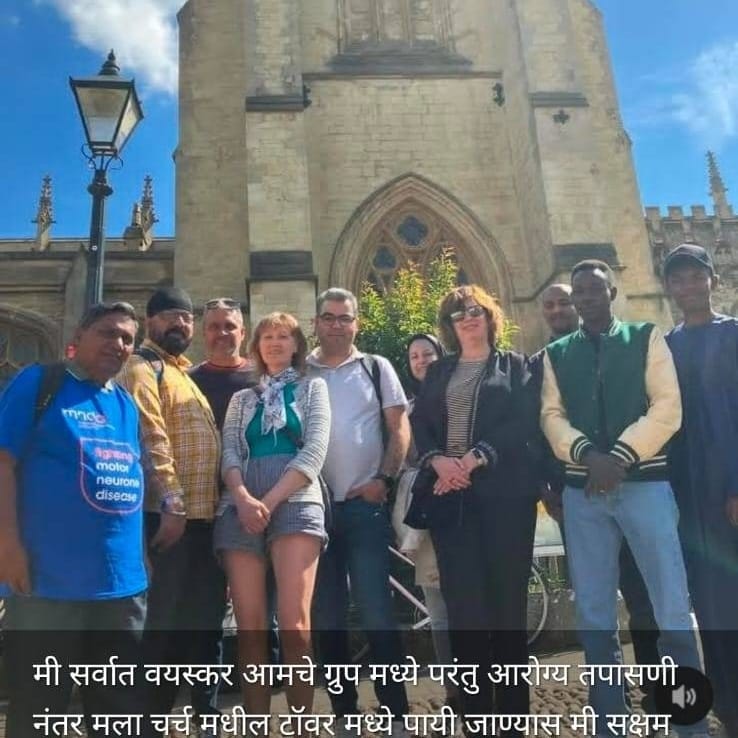Maharashtra’s Agriculture Sector Embraces Sustainability and Digital Outreach: Insights from Veteran Marketer Murlidhar Chintaman Patil
4 min read
In recent years, Maharashtra’s agriculture landscape has undergone significant shifts as policymakers, cooperatives and farmers adopt sustainable inputs and digital marketing strategies to bolster productivity and market access. The India Prime Times team recently sat down with Murlidhar Chintaman Patil, an agriculture marketing veteran with over four decades of experience, to gauge the industry’s progress and chart its future direction.
A Sector at the Crossroads
Maharashtra, long plagued by erratic monsoons and soil degradation, is now turning a corner through concerted efforts in bio‑fertilizer adoption and farmer producer organizations (FPOs). According to the Department of Agriculture, Government of Maharashtra, over 1,200 FPOs have been registered in the state as of 2024, empowering smallholders to pool resources and access better inputs and markets. Meanwhile, use of bio‑fertilizers, microbial inoculants that promote soil health, has risen by nearly 35% since 2018, reflecting both government incentives and growing farmer awareness.
“Traditional reliance on chemical fertilizers took its toll on soil fertility,” observes Murlidhar, who retired as Senior Manager Marketing from the Indian Farmers Fertilizer Cooperative (IFFCO) in 2016 after 33 years of service across Goa, Karnataka and Maharashtra. “Today’s challenge is to balance yield with sustainability. Bio‑fertilizers and green manuring aren’t just buzzwords, they’re essential for restoring long‑term productivity.”

Cooperative Roots and Digital Branches
Murlidhar’s career trajectory mirrors the sector’s evolution. After completing his B.Sc. in Agriculture Science at MPKV University, Dhule, in 1978, he cut his teeth in the Tribal Development Corporation before joining the Maharashtra Department of Agriculture as a supervisor. In 1984, he entered IFFCO’s marketing wing, where he rose from Junior Marketing Officer to Senior Manager over postings in Mapusa (Goa), Beed, Baramati, Jalgaon, Bidar and Satara.
“At IFFCO, I learned that effective marketing begins with listening,” Murlidhar explains. “Whether you’re introducing drip irrigation in Jalgaon or bio‑fertilizer blends in Beed, success hinges on understanding local needs and building trust.”
Today, many cooperatives leverage digital platforms, WhatsApp groups for weather alerts, mobile apps for input orders, and online marketplaces to connect with urban buyers. A recent survey by the National Bank for Agriculture and Rural Development (NABARD) found that 60% of Maharashtra’s FPOs now use at least one digital tool for procurement or sales, up from 22% in 2019.
On the Ground with India Prime Times
During our visit to Shirpur taluka, the India Prime Times team joined Murlidhar at a soil‑health camp organized by a local FPO. We observed farmers testing pH levels, while Murlidhar guided them on applying specific strains of Rhizobium and Azotobacter. His calm demeanor and depth of knowledge were palpable.
“Working directly with farmers reminds me why I stayed in this field for so long,” he told us. “The moment a villager sees greener leaves and higher yields, you know your efforts have made a real difference.”
We also discussed Murlidhar’s post‑retirement ventures, consulting for a bio‑fertilizer division, advising a Farmers Producer Company through 2022, and volunteering with the Oxford University Museum’s cultural‑diplomacy project in 2025 under the Nicole Bird Award. “Global exchanges provide fresh perspectives,” he noted. “Seeing precision farming in the UK inspired me to explore simple soil‑sensor kits back home.”
Addressing Farmers’ Pain Points
Despite these advances, challenges persist. Input costs remain high, climate unpredictability intensifies, and many smallholders lack market linkages. Murlidhar highlights three critical focus areas:
- Affordable quality inputs: Bulk procurement of bio‑fertilizers through cooperatives can reduce costs by up to 20%.
- Capacity building: Regular training, combining offline workshops with digital modules, ensures farmers apply new techniques correctly.
- Market transparency: Blockchain‑based traceability and group branding help fetch premium prices, especially for organic or region‑specific produce.
“In one session, farmers asked why their organic cotton fetched the same price as conventional. By forming a collective brand and showcasing certification details online, they increased margins by 12–15%,” Murlidhar recalls.
Digital Innovation Meets Traditional Wisdom
Looking ahead, the industry’s digital transformation must harmonize with local realities. Murlidhar advocates for user‑friendly mobile interfaces in regional languages, solar‑powered soil sensors for off‑grid areas, and AI‑driven advisory systems that adapt recommendations to micro‑climates.
He also underscores the role of youth. “With over 50% of rural India under 35, tech‑savvy entrepreneurs are cropping up everywhere. FPOs should tap this energy, offering equity stakes and profit‑sharing structures to retain talent.”
Policy and Partnership Imperatives
Policymakers, too, have a role. Streamlining certification processes for bio‑inputs, expanding credit availability for FPOs, and integrating agri‑extension services with e‑governance portals can accelerate adoption. Public‑private partnerships, such as IFFCO’s joint ventures with research institutes, must be scaled across regions.
“Incentives alone won’t suffice; we need ecosystems that blend research, finance, and market access,” Murlidhar argues. “When farmers see a clear roadmap, from seed to sale, they invest in new practices with confidence.”
A Vision for Sustainable Growth

As Maharashtra’s agriculture sector stakes its future on sustainability and digital inclusion, voices like Murlidhar Chintaman Patil’s offer both historical perspective and forward‑looking insight. His journey, from a village in Dhule to international collaborations, underscores the power of grassroots engagement combined with continuous learning.
When asked what keeps him motivated at age 70, Murlidhar smiles: “No bad habits, a healthy body, and a family that thrives, plus the knowledge that I’ve helped thousands of farmers improve their livelihoods. That, to me, is true success.”
India Prime Times will continue tracking these developments, spotlighting individuals and initiatives that drive India’s agrarian renaissance. Watch this space for more in‑depth reporting on policy shifts, technological breakthroughs and the stories of farmers at the heart of it all.







